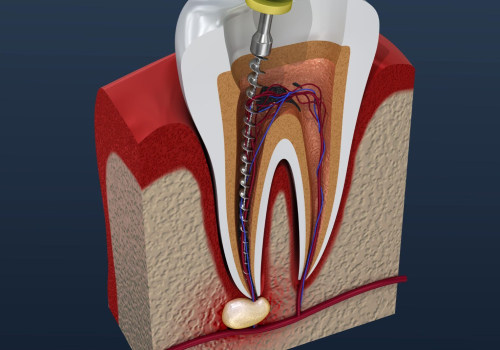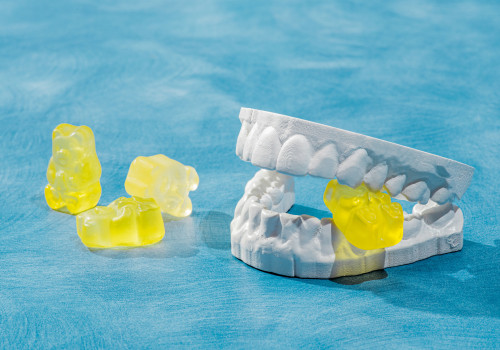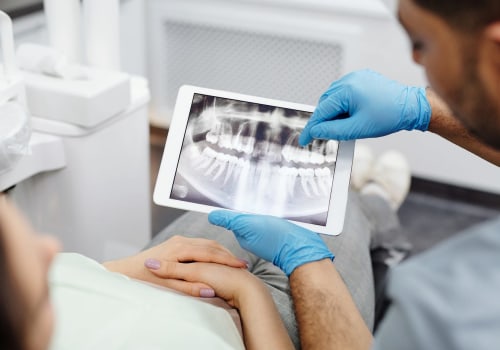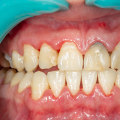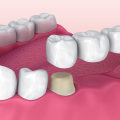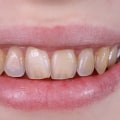Tooth decay and cavities are two of the most common dental issues that people suffer from. In fact, almost everyone will experience some form of decay or cavity in their lifetime. Left untreated, they can lead to more serious dental problems and even tooth loss. In this article, we will discuss what causes tooth decay and cavities, how they can be prevented, and how to treat them if they do occur.
The first step to preventing tooth decay and cavities is understanding what they are and how they develop. Tooth decay is caused by bacteria in the mouth that breaks down the enamel on the surface of the teeth. As the bacteria break down the enamel, it creates small holes in the teeth, called cavities. Cavities can be painful and if not treated can even result in tooth loss.
In addition to understanding what causes tooth decay and cavities, it is important to understand how to prevent them. A healthy diet, regular brushing, flossing, and using fluoride mouthwash can all help to prevent tooth decay and cavities. Eating foods rich in calcium and vitamins, such as dairy products, green vegetables, and fruits can also help to prevent decay. If you do develop a cavity or tooth decay, it is important to see your dentist right away.
Your dentist will be able to diagnose the issue and provide you with a treatment plan that is best suited for your situation. The treatment plan may include fillings, crowns, or root canals depending on how severe the cavity or decay is. Tooth decay and cavities are common issues that can be prevented with proper dental hygiene. In this article, we will discuss what causes tooth decay and cavities, how they can be prevented, and how to treat them if they do occur.
Tooth decay and cavities
occur when bacteria in the mouth produce acid that attacks the enamel of the teeth.The enamel is the hard outer layer of the teeth that protects them from damage. When this enamel is damaged, it can lead to cavities and other dental issues. There are a few factors that can increase your risk of tooth decay and cavities, including poor oral hygiene, a diet high in sugar and carbohydrates, drinking sugary beverages, smoking, and dry mouth. The symptoms of tooth decay and cavities include discoloration of the teeth, sensitivity to hot and cold foods or drinks, pain when biting down on something hard, bad breath, and visible holes or pits in the teeth.
If left untreated, tooth decay can lead to more serious dental issues such as infection or abscesses. Treatment for tooth decay and cavities typically involves filling the cavity with a special material. This material helps to restore the strength of the tooth and prevent further damage. In some cases, a root canal may be necessary if the decay has reached the root of the tooth.
Preventing tooth decay and cavities
is important in order to maintain good oral health. Good oral hygiene is essential for preventing tooth decay and cavities.This includes brushing twice a day with fluoride toothpaste, flossing daily, using a mouthwash or rinse, and visiting your dentist regularly. Additionally, reducing your intake of sugary foods and drinks can help reduce your risk of tooth decay and cavities.
Symptoms of Tooth Decay and Cavities
Tooth decay and cavities can present a variety of symptoms that indicate the presence of these common dental issues. Discoloration of the teeth is one of the most common indicators, with teeth appearing yellow or brown in color. Sensitivity to hot and cold foods or drinks is another symptom, as is pain when biting down on something hard.Bad breath may also be a sign of tooth decay or cavities, as well as visible holes or pits in the teeth. If you experience any of these symptoms, it's important to seek treatment from your dentist. They can diagnose the problem and provide the appropriate treatment to help you restore your dental health.
Preventing Tooth Decay and Cavities
Preventing tooth decay and cavities is important in order to maintain good oral health. Good oral hygiene is essential for preventing tooth decay and cavities, and should be practiced regularly. This includes brushing your teeth twice a day with a fluoride toothpaste, flossing daily, and using mouthwash.Regular visits to the dentist are also important for identifying any potential issues and for receiving a professional cleaning. In addition, limiting the amount of sugar and acidic foods and drinks that you consume can help prevent cavities. Avoiding smoking and using tobacco products can also help reduce the risk of developing cavities. Additionally, eating a balanced diet rich in vitamins and minerals can help protect your teeth from damage. By following these simple steps, you can maintain good oral hygiene and reduce your risk of developing tooth decay and cavities.
What Causes Tooth Decay and Cavities?
Tooth decay and cavities are caused by bacteria in the mouth, which produce acid that attacks the enamel of the teeth. This acid breaks down the enamel, leading to cavities and discoloration.It can also cause other dental issues such as gum disease, periodontal disease, and tooth sensitivity. The bacteria that cause tooth decay and cavities are found in many places, including food, saliva, and plaque. Plaque is a sticky film that builds up on the surface of the teeth, and it can be difficult to remove without regular brushing and flossing. The bacteria in plaque feed on sugars and starches from food, producing acid as a by-product. People who consume sugary or starchy foods are more likely to have tooth decay and cavities. It is also important to brush and floss regularly to remove plaque and food particles from the teeth.
Not brushing or flossing regularly can increase the risk of developing tooth decay and cavities.
Treatment for Tooth Decay and Cavities
Treatment for tooth decay and cavities typically involves filling the cavity with a special material. This material is usually a composite resin, which is made of plastic and glass particles, or an amalgam, which is made of silver, mercury, zinc, and other metals. The filling material is applied to the cavity, hardened with a curing light, and then polished to give it a smooth surface. Depending on the severity of the decay, the dentist may also need to perform a root canal or extract the tooth. In some cases, a fluoride treatment may be used to help prevent further damage to the tooth.Fluoride treatments involve applying a gel or foam to the teeth that contains a high concentration of fluoride. This helps to make the enamel more resistant to acids from bacteria in the mouth. For more severe cases, a crown may be necessary. A crown is a cap that is placed over the damaged tooth. This helps to protect it from further damage and restore its strength and shape.
It also helps to prevent cavities from forming in the future. Tooth decay and cavities are serious dental issues that can lead to pain, discomfort, and costly treatments. Fortunately, these dental issues can be prevented with proper oral hygiene habits such as brushing twice a day with fluoride toothpaste and flossing daily. Limiting your intake of sugary foods and drinks can also help reduce the risk of these issues. Taking preventive measures now can help ensure your teeth and gums stay healthy for years to come.
